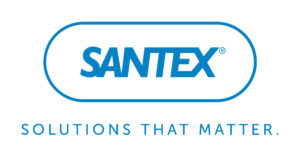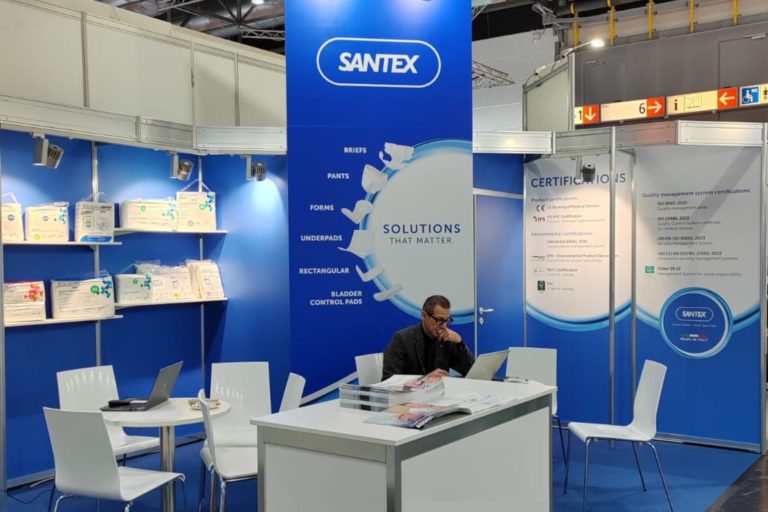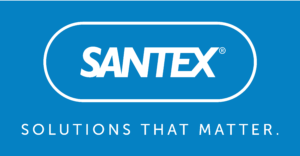There is more and more talk about incontinence and incontinence management: this sector represents a not inconsiderable slice of the disposable hygiene products market, which is attracting more and more players, especially on the distribution side and sales to the end consumer.
Demographic trends and people’s increased awareness of their own incontinence are leading to a continuous increase in demand, which makes this market a real business opportunity. However, getting started in the distribution or sale of incontinence aids does not yield immediate results.
While it is true that the numbers are encouraging, entering the incontinence market involves issues that need to be carefully considered, even for those already in the industry and dealing with other medical products. What are the problems that can arise and how to create a profitable business system? Here are some of our considerations.
Why focus on incontinence products
1. Increased demand
Incontinence products are increasingly becoming mass consumption items and their presence, especially in retail distribution, is about to overtake that of baby nappies. The issue becomes even more evident in distribution to healthcare institutions. Whatever the distribution channel, market trends are growing.
Some factors:
- an ageing population and a growing need for products to help meet the challenges of old age;
- increased awareness of incontinence symptoms and their management;
- increase in quite young and active people who suffer from incontinence and seek products that make them feel comfortable in every situation.
Whether the products are for light or heavy incontinence, good manufacturers are putting a lot of emphasis on innovation to meet performance and comfort needs above all.
2. They strengthen relationships with the end customer
Disposable medical devices are the largest segment of the global market for medical products and constitute, for the companies that distribute them, an ongoing, predictable and potentially growing source of turnover.
Incontinence products are also part of this market segment and, because their use is continuous over time, they lead to loyalty and a closer relationship with the end customer.
Possible difficulties in entering the incontinence products market
Despite the advantages, entering the market for incontinence products is not without its difficulties. In particular, the most difficult obstacle to overcome is that of resistance to change, which in the incontinence sector has a twofold aspect: the uncertainty of changing supplier and brand, reinforced by the patient’s physical perception of the device, which differs from that of the brand normally in use.
When changing the product, the patient’s body experiences a different sensation that makes him/her insecure. This feeling affects the caregiver. All this leads, with a certain frequency, to a negative feedback based on feelings mistaken for facts.
How to overcome the problem?
Each manufacturer gives the product its own structure, even though to the layman one nappy is the same as another.
It is therefore normal that wearing different devices leads, in the initial phase, to different sensations. However, care must be taken to give each patient the product best suited to his or her situation, in terms of size, level of absorption, ability to retain fluid, and speed of fluid acquisition. Where the spending capacity is higher, it is then more appropriate to recommend a breathable device.
Therefore, it is not just a question of selling a product, but of offering a real assistance consultancy service. This service, besides being useful for a number of reasons, helps the patient and carer regain confidence.
For this reason, it is essential that those who want to start operating in the incontinence market equip themselves with nurses or paramedics, who are the only ones capable of interacting effectively with patients and healthcare facilities.
Tackling this sector in the right way will certainly lead to successful business action and the expected benefits. Knowing how to offer a service, of which products are but a part, is a ‘must’.
It is therefore important to offer a management system and to create a culture of incontinence and incontinent patient management, of which computer systems and programmes designed for incontinence management are also part. However, the fact remains that nappies are articles that are worn and must be able to meet specific patient needs in terms of comfort and reliability. As we have said, the user perceives the difference between one brand and another: do not despair, the reaction can also be positive.
Another piece of advice is to choose well the market segment to target and not to expect immediate results. Even if the demand for products is growing, a new market player is not exempt from competition.
And now: let’s get started!
If you want to distribute incontinence devices, in order to be able to offer added value, you must count on the support you can receive from manufacturers.
We advise you to aim for theestablishment of a business partnership that can support the business system you want to adopt. When choosing a manufacturer, consider first: the supplier’s quality system (certifications), the definition of the product range best suited to the sector you are going to operate in, the services they provide, the timing of supply, support for the end customer and advice on the best management system.





